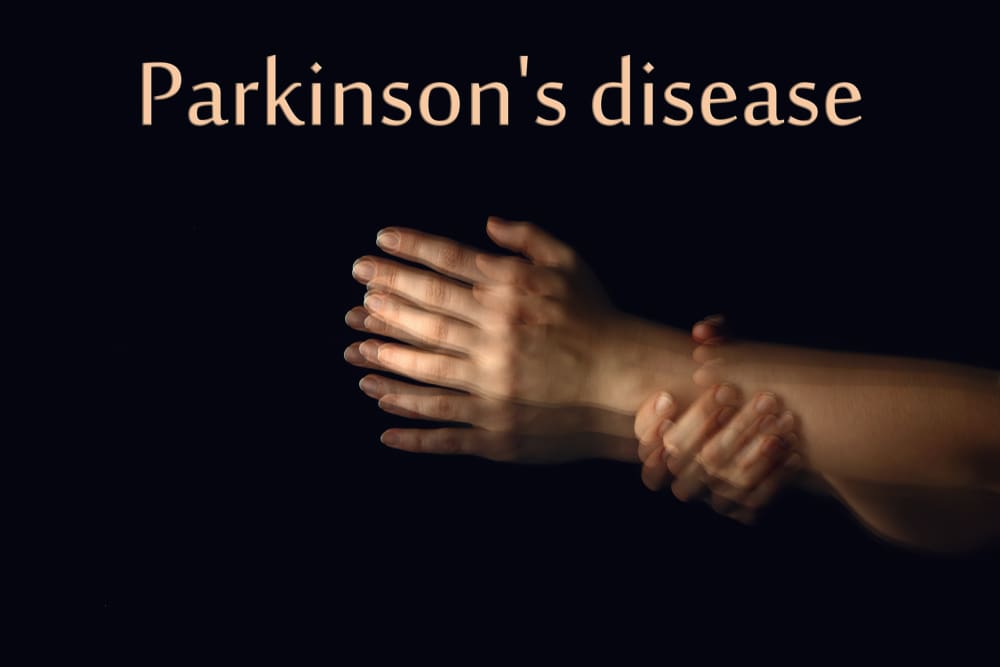Why HBOT can help with Parkinson's Disease

Hyperbaric oxygen therapy (HBOT) has shown potential as a supportive treatment for Parkinson’s disease (PD). Its mechanisms of action target many of the underlying pathological processes in PD, such as oxidative stress, neuroinflammation, and mitochondrial dysfunction. Below are the proposed mechanisms of action of HBOT in the context of Parkinson’s disease:
1. Enhanced Oxygenation
HBOT increases the amount of oxygen dissolved in the blood plasma, which enhances oxygen delivery to hypoxic or damaged brain tissues.
Improved oxygenation promotes neuronal survival and function in areas affected by the loss of dopaminergic neurons.
2. Reduction of Oxidative Stress
HBOT modulates reactive oxygen species (ROS) production, reducing oxidative damage to neurons.
Controlled exposure to high oxygen levels under HBOT can upregulate antioxidant defense systems (e.g., superoxide dismutase, glutathione), which protect neurons from oxidative stress.
3. Neuroprotection and Neurogenesis
HBOT stimulates the release of brain-derived neurotrophic factor (BDNF), which supports neuronal survival, plasticity, and regeneration.
It enhances neurogenesis and the repair of damaged neurons in regions such as the substantia nigra and striatum.
4. Anti-Inflammatory Effects
HBOT reduces neuroinflammation by suppressing the activation of microglia and lowering levels of pro-inflammatory cytokines such as TNF-α and IL-1β.
The anti-inflammatory effects help mitigate the progression of neuronal damage in PD.
5. Mitochondrial Function Improvement
HBOT has been shown to enhance mitochondrial function by:
- Increasing ATP production.
- Reducing mitochondrial dysfunction associated with oxidative stress.
- Promoting mitochondrial biogenesis, which is critical for energy-intensive dopaminergic neurons.
6. Angiogenesis and Improved Blood Flow
HBOT stimulates the formation of new blood vessels (angiogenesis) and improves cerebral blood flow.
Increased vascularization enhances oxygen and nutrient delivery to damaged or at-risk brain areas.
7. Modulation of α-Synuclein Aggregation
While not fully understood, HBOT may reduce the aggregation of misfolded α-synuclein, which is a hallmark of Parkinson’s pathology. This could occur via its impact on oxidative stress, proteostasis, or enhanced clearance of cellular debris.
8. Anti-Apoptotic Effects
HBOT decreases apoptosis (programmed cell death) by regulating the expression of pro- and anti-apoptotic proteins.
This effect contributes to the preservation of dopaminergic neurons.
9. Improved Cellular Metabolism
By increasing oxygen availability, HBOT supports metabolic processes in neurons, improving their resilience to stress and injury.
Enhanced metabolic efficiency helps maintain neurotransmitter synthesis, including dopamine.
10. Enhanced Lymphatic Clearance
HBOT promotes the clearance of toxic metabolites and cellular debris through the glymphatic system.
This improved waste removal may reduce the accumulation of α-synuclein and other pathological proteins in PD.
Evidence from Preclinical and Clinical Studies
Animal studies: HBOT has been shown to reduce dopaminergic neuron loss and motor dysfunction in PD models.
Human studies: Preliminary clinical trials indicate that HBOT can improve motor and non-motor symptoms in PD patients, likely due to its neuroprotective and anti-inflammatory effects.
Conclusion
The mechanisms of action of HBOT for Parkinson's disease involve a combination of neuroprotection, enhanced oxygenation, reduced oxidative stress, improved mitochondrial function, and anti-inflammatory effects. While not a standalone cure, HBOT may serve as an adjunct therapy to slow disease progression and improve quality of life for individuals with PD.
